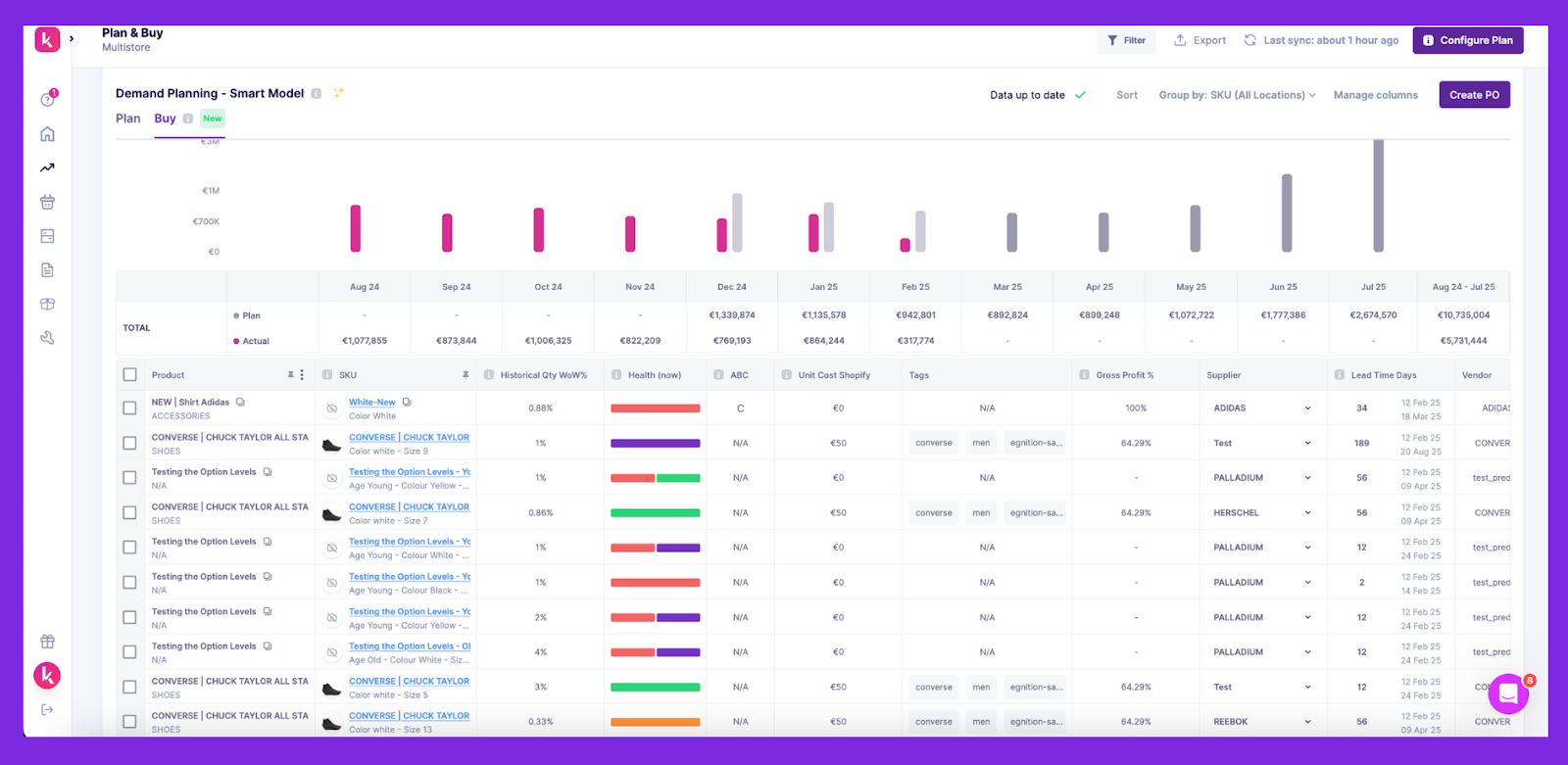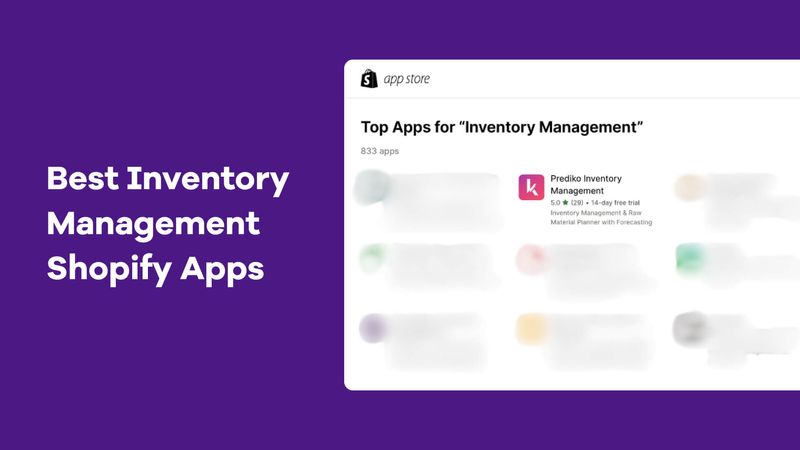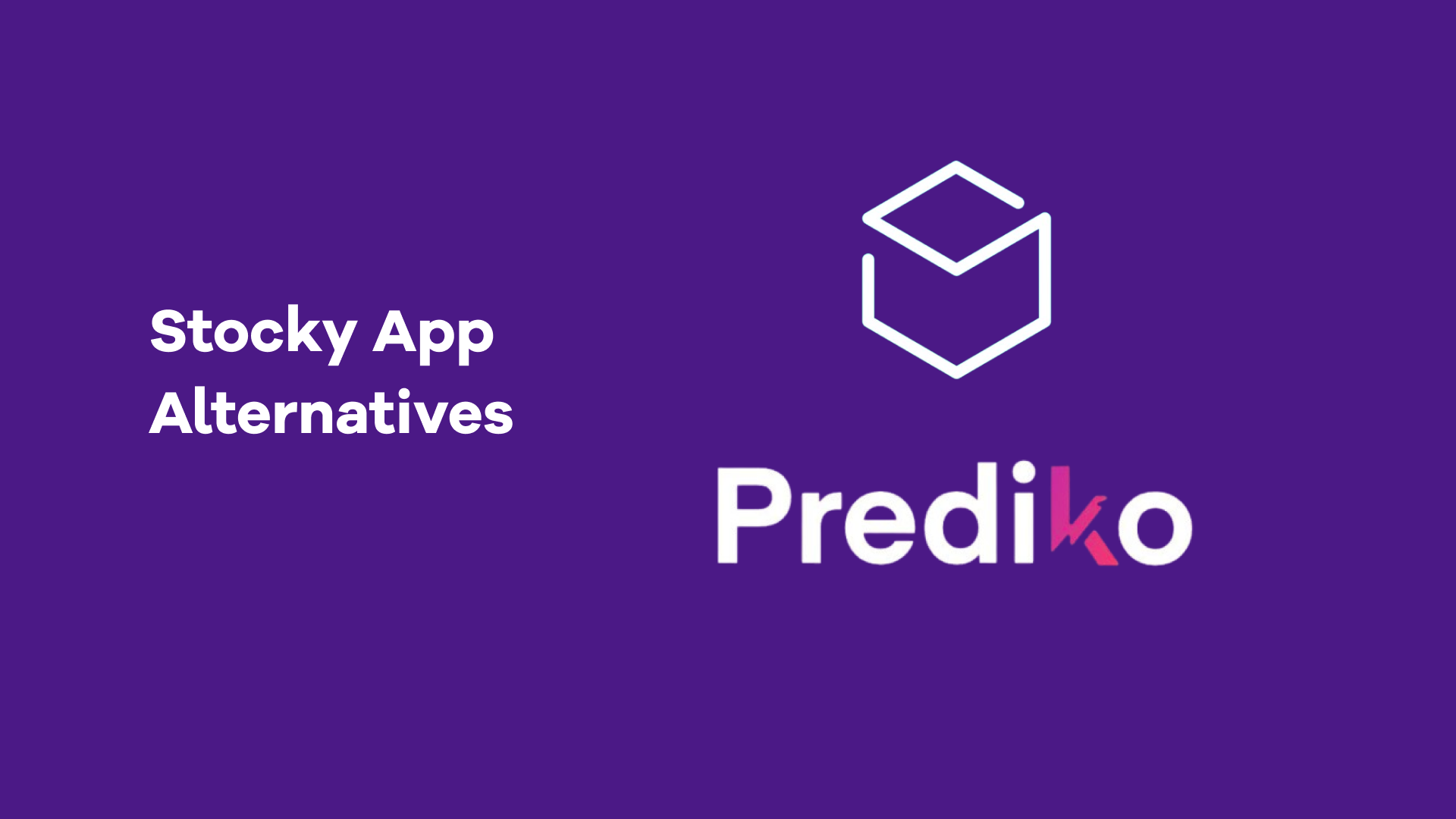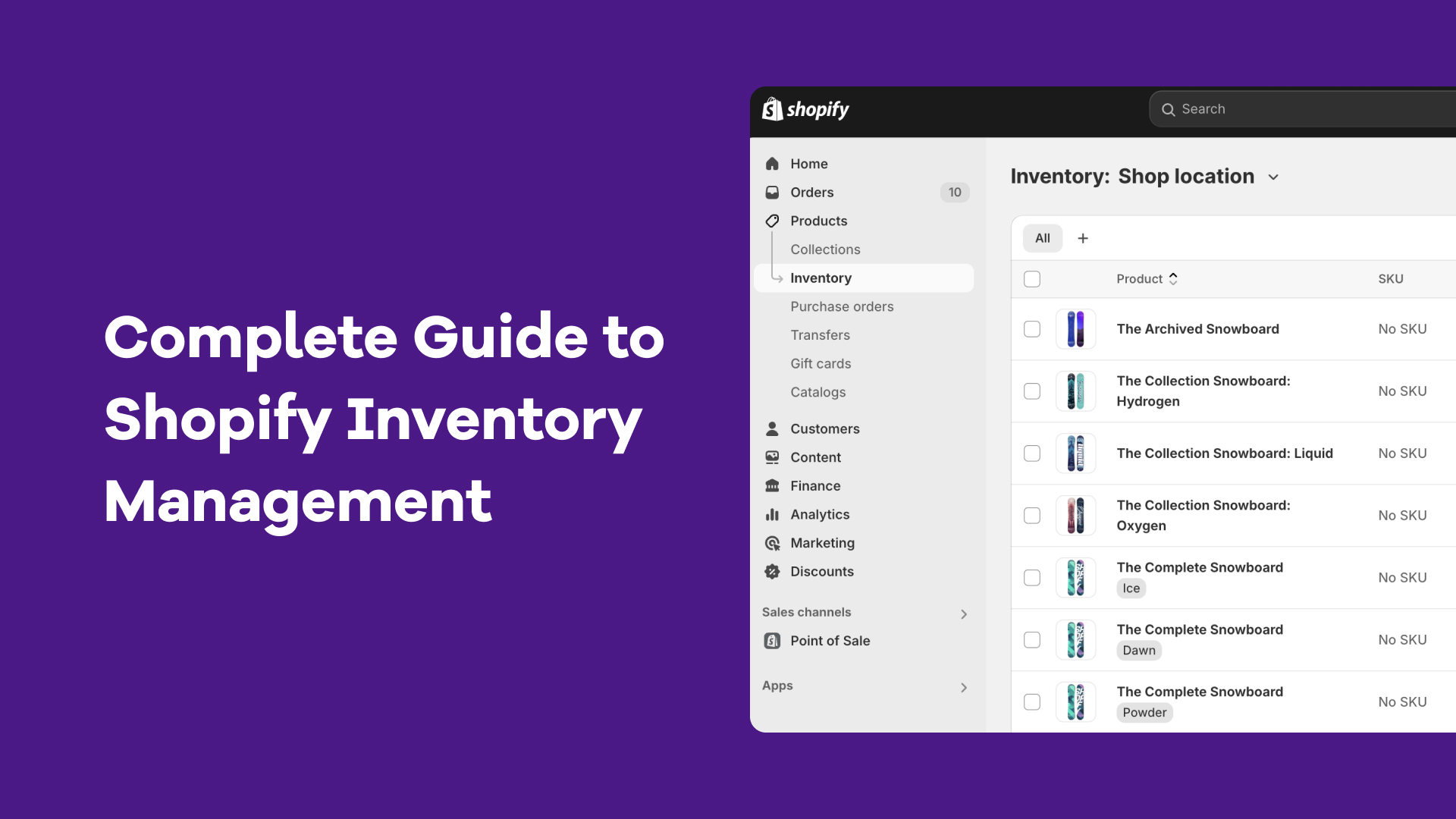As your brand grows, so does your product catalog. The more products you have, the more variants you’ll want to offer.
But then, the Shopify 100-variant limit comes along and makes you rethink your approach.
For a while now, users have been expressing their frustration over this limit, with some even describing it as a major challenge.
While we’re all hoping Shopify will eventually increase the limit (maybe to 2000 variants as per Shopify Winter’24 Edition , fingers crossed!), the only choice you have right now is to find effective workarounds.
So, we did all the digging for you and found five ways to work around the Shopify variant limit.
Understanding The Shopify Variant Limit

Product variants on Shopify are different versions of a single product, such as size, color, material, or style.
On Shopify, merchants can create up to 100 variants per product using a maximum of three product options. This means if you sell a T-shirt, you might offer variants like:
- Size: Small, Medium, Large
- Color: Black, White, Red
- Material: Cotton, Polyester
The combination of these three options would produce 18 unique variants (3x3x2).
The 100-variant limit is Shopify’s way of ensuring product pages remain manageable and performance remains optimal. But wait, what if your business has a larger product catalog or offers extensive customization options? That’s exactly when this restriction becomes a problem.
You may not realize it, but there are ways in which Shopify’s Variant Limit impacts your business. These include
- Limited customization: Industries like fashion, furniture, and automotive often require more than three options. If you’re selling customizable products, you might struggle to provide a full range of options within Shopify’s limitations.
- Complex product listings: To overcome limits, businesses often create separate product pages for variants. This can lead to confusion among customers and complicate inventory management.
- Missed sales opportunities: Limited options mean potential customers may not find the exact combination they’re looking for. This impacts conversions, customer experience, and loyalty.
Smart Hacks to Manage Your Shopify Variant Limit
All issues caused by the Shopify variant limit may harm your store’s bottom line in the long run.
Here are some workarounds to help you keep selling without limitations.
1. Product bundling
Product bundling is a practice where you group related items together and sell them as a single package. Instead of creating separate variants for every possible combination, you can offer bundles that reduce the number of individual variants you may need to list.
For example, instead of offering separate variants for every color and size of a hoodie and track pants set, you can offer pre-made bundles like:
- Bundle 1: Hoodie (Medium, Black) + Track Pants (Medium, Black)
- Bundle 2: Hoodie (Large, Blue) + Track Pants (Large, Grey)
Bundling comes in various types, such as pure bundling, cross-sell bundles, price bundling, and more. Take a look at how Kylie Cosmetics bundles their full-size perfumes with the minis.

This approach helps you prevent exceeding Shopify variant limits while still providing variety to customers.
You get
- Fewer product listings to handle that make inventory tracking easier and less prone to errors
- Increased average order values (AoV) as bundles encourage customers to buy more items at once
- Better marketing opportunities because you can market bundles as exclusive offers or gift sets during promotions and holidays
Just like Kylie Cosmetics, you can experiment with various kinds of bundles too. For example, creating themed bundles is a great way to make shopping easier for your customers.
Think “Winter Essentials” for fashion brands or “Home Office Starter Pack” for electronics.
Another popular approach is offering mix-and-match bundles. People love having the freedom to build their own bundles from a selection of pre-approved items.
It gives them that personalized shopping experience without making inventory management a nightmare for you.
2. Using third-party apps
Using third-party apps is another solution to overcome the Shopify product variant limit. With these apps, your Shopify variant limit increases and you can create and manage an unlimited number of product options and customizations.
This helps you offer a broader range of choices to your customers.
Some popular third-party apps include APO Product Options, Variant Option Product Options, Hulk Product Options, and AOD Unlimited Product Options.
These apps allow you to add text boxes, dropdown menus, image swatches, and other customization features to your product pages. This approach works especially well for industries where personalization is important, such as custom gifts, apparel, and home decor.
When you go for a third-party app, it brings the following benefits
- More flexibility to add as many product options and variants as you need
- Improves shopping experience by offering more choices, which leads to higher conversion rates and customer satisfaction
- Easy integration as most apps work seamlessly with Shopify without requiring complicated coding
But, it's not all rosy. There are some downsides as well that you must consider
- Increased costs as many of these apps require monthly subscriptions, which can become expensive over time
- Compatibility challenges where some apps may not work well with certain themes or other apps, leading to additional troubleshooting
3. Creating separate product listings
Creating separate product listings is a practical Shopify variant limit workaround. Instead of cramming all your variants into a single product page, you split them into multiple listings that focus on specific options or categories.
This approach gives you more flexibility in how you present your products and ensures you don’t exceed the variant limit.
For example, if you see Rothy’s website, you’ll see “Pointy II” and “The Point” each in different colors and patterns.

By organizing your products this way, you avoid the variant cap while offering more options to your customers. But this could easily get messy, so keep the below tips in mind.
- Use clear, descriptive titles to differentiate each listing. For example, “Classic Hoodie - Navy Blue” and “Classic Hoodie - Forest Green”
- Cross-promote related products by adding “You May Also Like” or “Complete the Look” sections on your product pages
- Highlight differences between listings, like exclusive designs or premium materials, to create more interest and bring in sales
Splitting your product listings like this can also make inventory tracking harder. This is where Prediko can help.
Prediko is an AI-powered inventory management and planning app, purpose-built for Shopify stores. It helps you forecast and track inventory across all your separate product listings in real time so that you never oversell or run out of stock.
Plus, it provides insights into your inventory health, so you can easily identify which products are moving slow or selling fast.
With Prediko, you can manage your product inventory from one dashboard, keeping your Shopify store organized and clutter-free, even if you’ve divided your product listings to overcome the variant limit.
4. Optimizing product variants
Optimizing your product variants means instead of offering every possible combination of options, you focus on the most popular variants that bring the most sales.
But wait, where do you get this insight? Your past sales data will tell you this.
Prediko gives you detailed reports about your sales and inventory, showing you exactly which products are flying off the shelves and which are just sitting there.
By digging into these reports, you can easily spot your hot sellers, the products that consistently get stocked out faster than the others. Once you know which variants are bringing in more sales, you can double down on stocking them and even bundle them to increase revenue.

For example, if you find that most customers prefer black, white, and grey color options, but only a few ever buy the pink version, you can choose to drop the pink variant to make room for more popular combinations.
But remember
- Conduct regular audits of your inventory to pinpoint underperforming variants and consider eliminating them
- Test new variants gradually instead of launching everything at once. This helps you avoid clutter and lets you determine customer interest accurately
Keep an eye on trends and customer preferences. What’s popular today may not be in demand tomorrow. Based on what’s selling and what’s not, continuously update your product listings.
5. Custom development solutions
Custom development is another route some brands take when trying to overcome the Shopify 100-variant limit.
This involves hiring developers to build custom solutions unique to your product catalog and store needs. With the right setup, you can bypass the native limitations and create a variant system that works exactly how you want.
This works especially well for brands with highly customizable products or large catalogs that need advanced functionality Shopify’s default setup doesn’t support.
Custom development can include things like:
- Building custom product builders or configurators
- Creating dynamic variant generation based on user input
- Improving product filtering and navigation for large catalogs
- Connecting inventory and variants through advanced logic
When you invest in custom development, you gain more flexibility to go beyond Shopify and Shopify Plus variant limit, giving you complete control over the user experience and how products are displayed.
But it’s not for everyone. Here are a few things to consider:
- Higher upfront costs, ranging from $5,000 to $15,000, as custom development requires hiring developers or an agency
- Time-intensive, since building, testing, and maintaining a custom setup isn’t instant
- Ongoing maintenance, because Shopify updates could break parts of your custom logic
What Lies Ahead of the Shopify Variant Limit
While Shopify announced plans to increase this limit to 2,000 variants per product in early 2024, this feature is still in a gradual rollout phase and currently available only to Shopify Partners and developers testing it on development stores.
For now, unless your store is on a developer preview or using Shopify’s new GraphQL API, the standard limit remains 100 variants per product.
Threads on the Shopify Community highlight that many users are eagerly waiting for this change, hoping it will make managing extensive product catalogs much easier.

The idea of a 2000-variant limit sounds promising, especially for Shopify stores with a large inventory or those selling customizable products.
However, it’s important to note that increasing the variant limit would likely require significant changes to how Shopify’s backend and infrastructure operate. A higher limit means more data to process, display, and manage, which could impact site performance and overall user experience.
In a way, the current 100-variant limit is a fair trade-off, ensuring that most stores can run smoothly without overloading the platform.
Plan & Manage Your Inventory Variants with Prediko
Prediko makes working around the Shopify 100-variant limit easier by letting you manage multiple product listings, bundles, and product variants with ease.
With only 100 variants to work with, you need to be strategic about which variants you offer. This is where Prediko’s AI demand planning can help.
By analyzing your historical sales data, seasonality, and growth trends, the app shows which variants are generating the most revenue and which are just sitting there taking up space.

But what if you’re using bundles to get around Shopify’s variant limit? Bundling is a great workaround, but it can quickly become chaotic if not managed properly. Prediko has you covered here as well.
It allows you to forecast and track inventory at both the bundle and SKU levels in real-time. Whether you're selling gift sets, combo deals, or subscription boxes, its replenishment alerts and buying table tell you what to buy, when, and in what quantity so that your stock levels are always accurate, and you never have to worry about overselling or running out.

Prediko also simplifies inventory management by consolidating your entire product catalog into a single dashboard.
It gives you an at-a-glance view of your inventory health, highlighting what’s selling well and what’s just gathering dust. Plus, with automated reorder alerts, you’ll always hit the mark when it comes to restocking.

Experience Prediko FREE for 14 days and see how it can help you with inventory management and planning.














